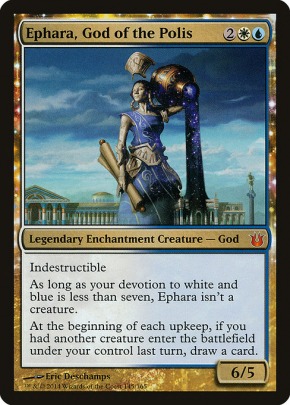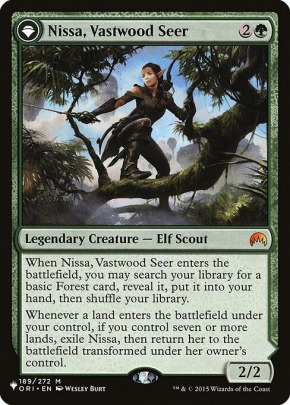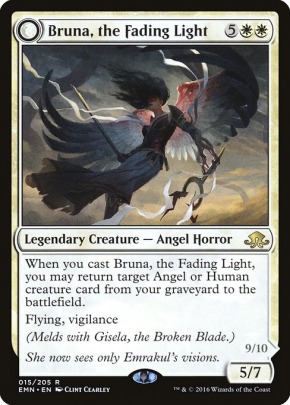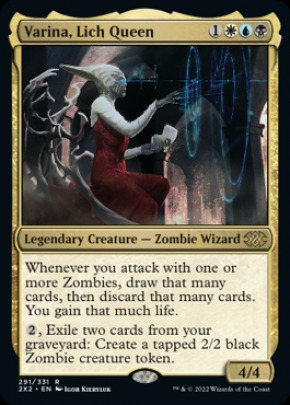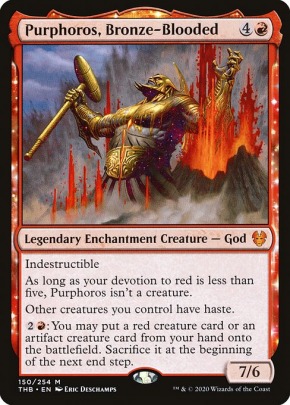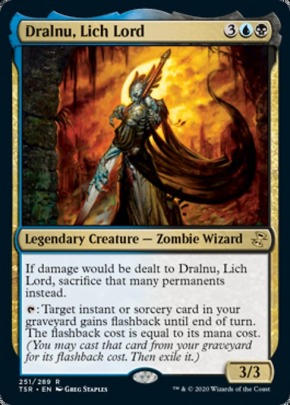Tempo, Velocity and Do Nothing Cards
The above are undeniably ridiculously powerful cards, with minimal tempo impact -- 1 or 2 in most cases. But here's thing -- these spells cost mana without deploying anything functional to the board. The things they do have to enable getting cards that do more than any other card you'd draw, or they have to speed you up enough to counteract the tempo and velocity spent to deploy them. When I say these things I mean:
Tempo - the amount of mana you spend
Velocity - the number of cards you see
There are distinctions here between tutors, card draw/selection effects, and card neutral or even card positive ramp spells. And sometimes the effects that deploy something to the board have other hidden advantages. For example, Arcane Signet can synergize with artifact and untap strategies, and Brainstorm can synergize with draw effects like The Locust God, and Rampant Growth can synergize with Scute Swarm.
When I talk about do nothing cards, I'm talking about cards that in a vacuum do nothing to impact the board state. They:
(1) Make Subsequent Things Faster (Increase Max CMC & Future Tempo)
(2) Find More Powerful Things To Do (velocity)
(Avoid the natural digression of Llanowar Elves; it can be thought of as Arcane Signet or Rampant Growth for the most part, it doesn't do anything without a lot of help).
What is it then, to do something? It's putting a reasonable amount of pressure on the board. What is meaningful to a board will be different in every game, but fundamentally it's putting power on the board in most games. In more competitive games card advantage engines like Rhystic Study occupy a gray area but no matter how many cards you draw, you need to try to win the game, and you can only cast so many spells.
For the purposes of this thread, I'm going to stick to this simple definition of Doing Something:
Doing Something is placing something on the board that can directly win the game if no one interacts with it.
Sylvan Library is not doing something, but Quartzwood Crasher is doing something. You may eventually win the game if people let you draw all the cards with Sylvan Library but you still *have to cast something else*.
So, what do with this information? The classic trap of aggro in commander is to deploy only high tempo threats, beat someone most of the way down, and die to a sweeper. It's why commander has become largely a midrange format, where you deploy engines in the early game and try to reduce your risk to sweepers - or deploy ramp early game, so you deploy higher quality cards.
Here's thing: I think the tides are finally turning in terms of that strategy. Because of Wizards' printing of more functional reprints and more powerful cheaper cards, if you look at a typical CEDH deck nowadays, almost none of them play mana ramp that is any worse than mana neutral, and no one plays any 3 cmc tutors unless they directly synergize.
You can't *quite* just drop your hand - you still need to know how you're going to draw extra cards - but you *can* build decks that minimize do nothing cards if you want to.
I think the power level of individual threats and commanders that make them work is approaching the point where we have to pay much closer attention to how many spells we cast and how much mana we spend developing the board. The commanders that make them work is really the secret sauce there; decks like Raffine, Scheming Seer and Winota, Joiner of Forces enable you to play an extremely high threat density because *they are the engine* that fixes the commander velocity problem. They also fix the tempo problem, because they make cheap cards great, and you'd rather draw one of your three copies of Mother of Runes (Giver of Runes, Skrelv, Defector Mite) than draw Boros Signet ever.
In terms of how this impacts deck building and gameplay;
- Look at every single do nothing card in your deck and and see what you're looking for it to do. Can you replace it with something that does something?
- In particular, look really hard at tutors. You're going to have a lot more fun the less you tutor, and somewhat counterintuitively it can make your deck better if you can focus in on what you really want to draw.
- Think about how much velocity and how many cards you get *per card cast* and *per mana spent* - a lot of decks require so much ramp to function that they are virtually guaranteed to get to 5-6 mana early. These decks can have more expensive card draw effects and wind up more efficient because of it. Tailor your card draw/velocity package to your ramp package.
- When you're playing, try to think about how much pressure ("something) is on the board and where it came from, and where it goes.
I'm certainly not saying any of this is gospel, and certainly none of it is new. I don't think we're at the point where Demonic Tutor is a bad magic card, but I do think we're at the point where you might build a deck that's more fun by applying pressure when it's doing its thing instead of just ramping and finding more cards without pressure.
Let's Do Something
---
The above is half-fleshed-out concepts that fell out of my brain after coffee, I don't fully endorse it and it's not fully baked




